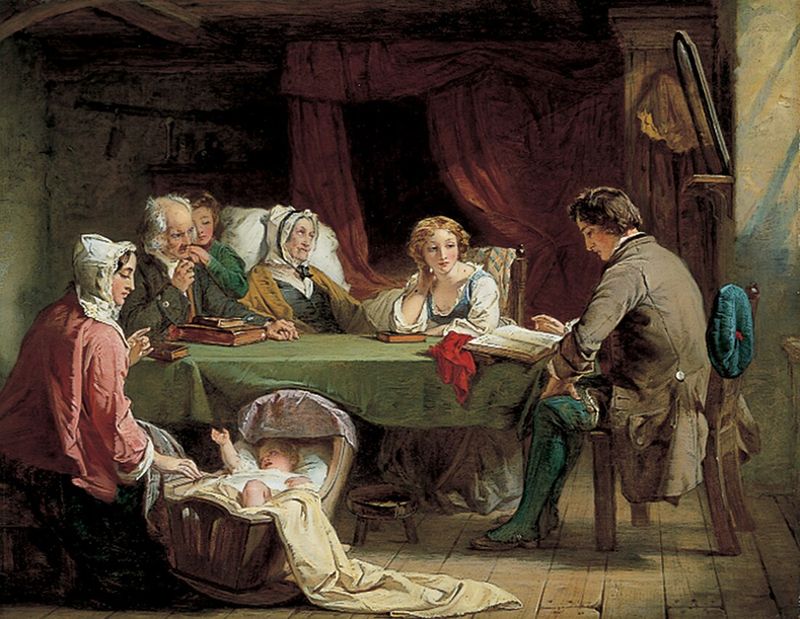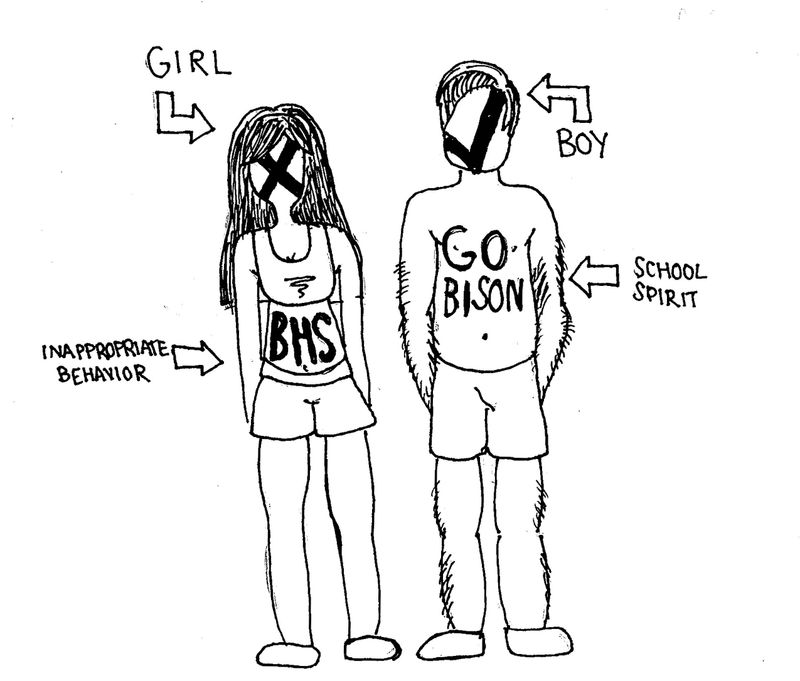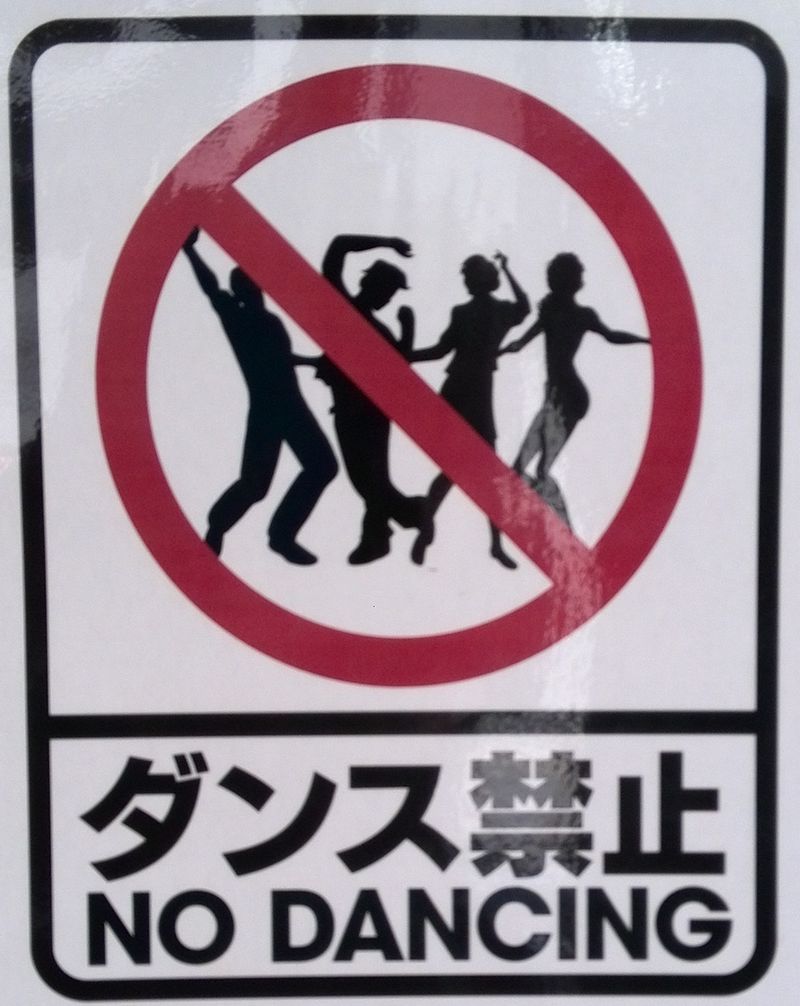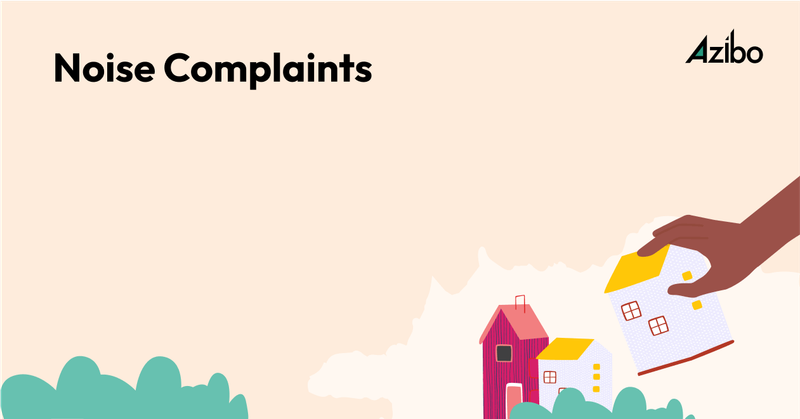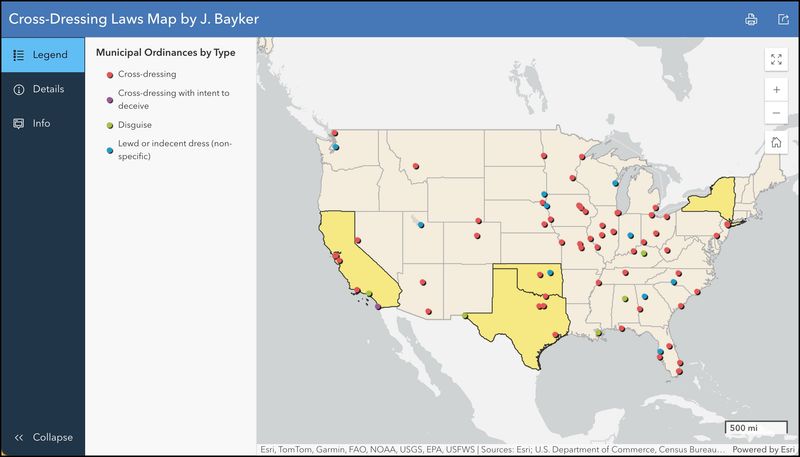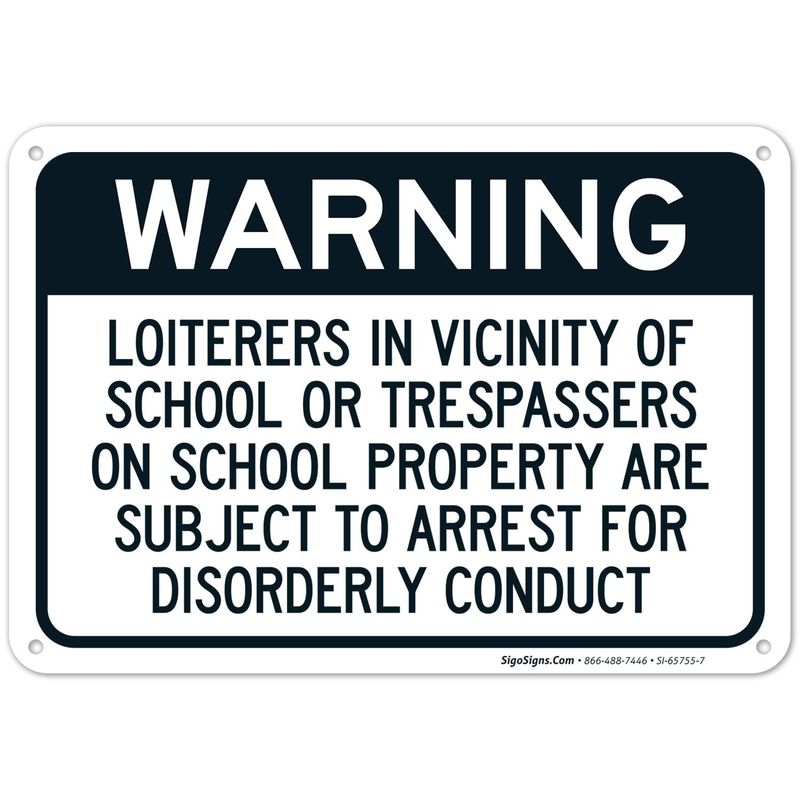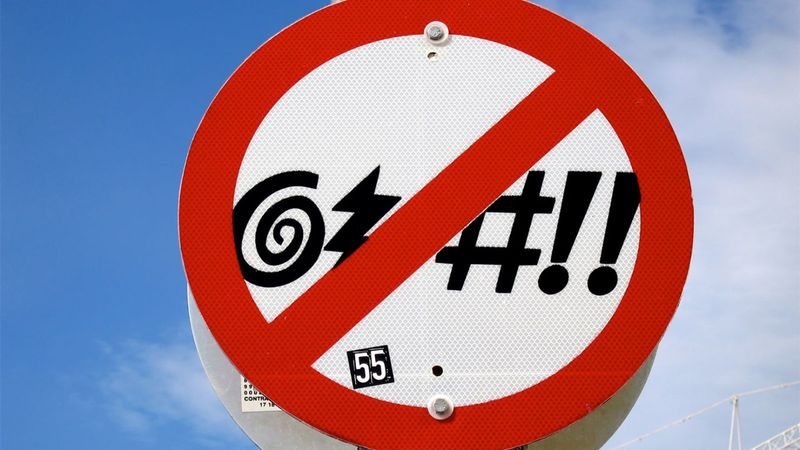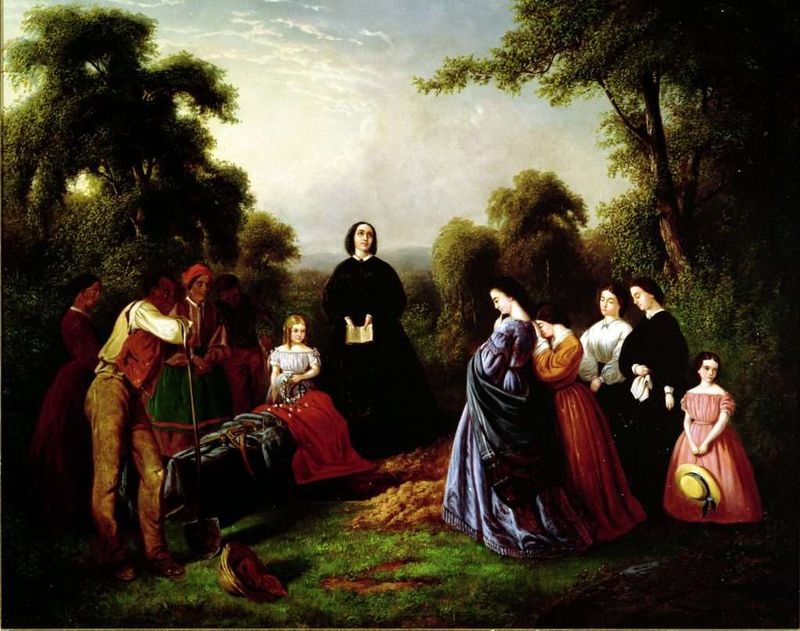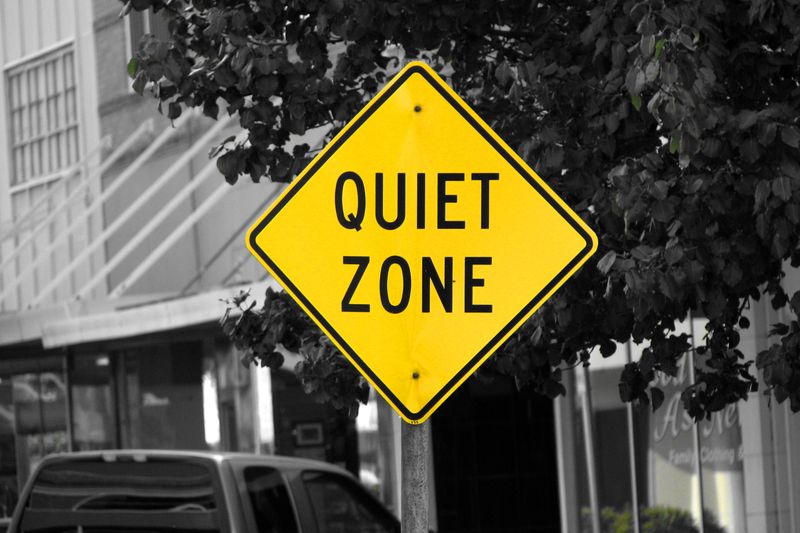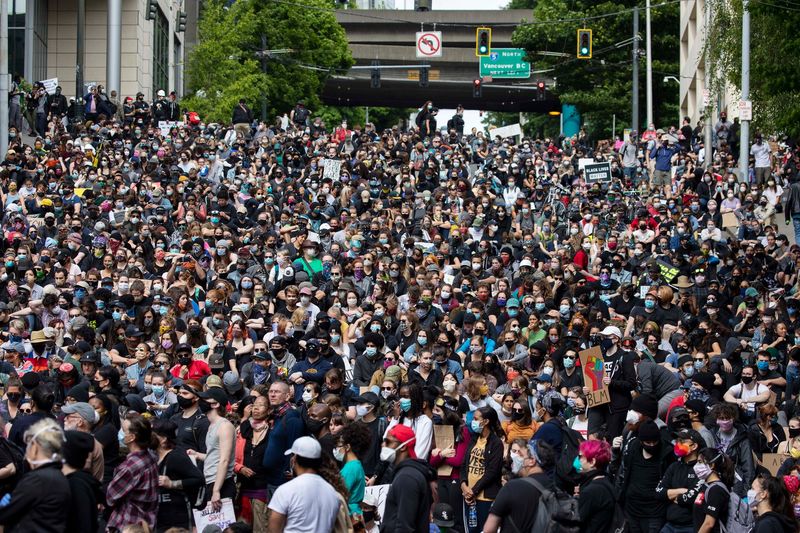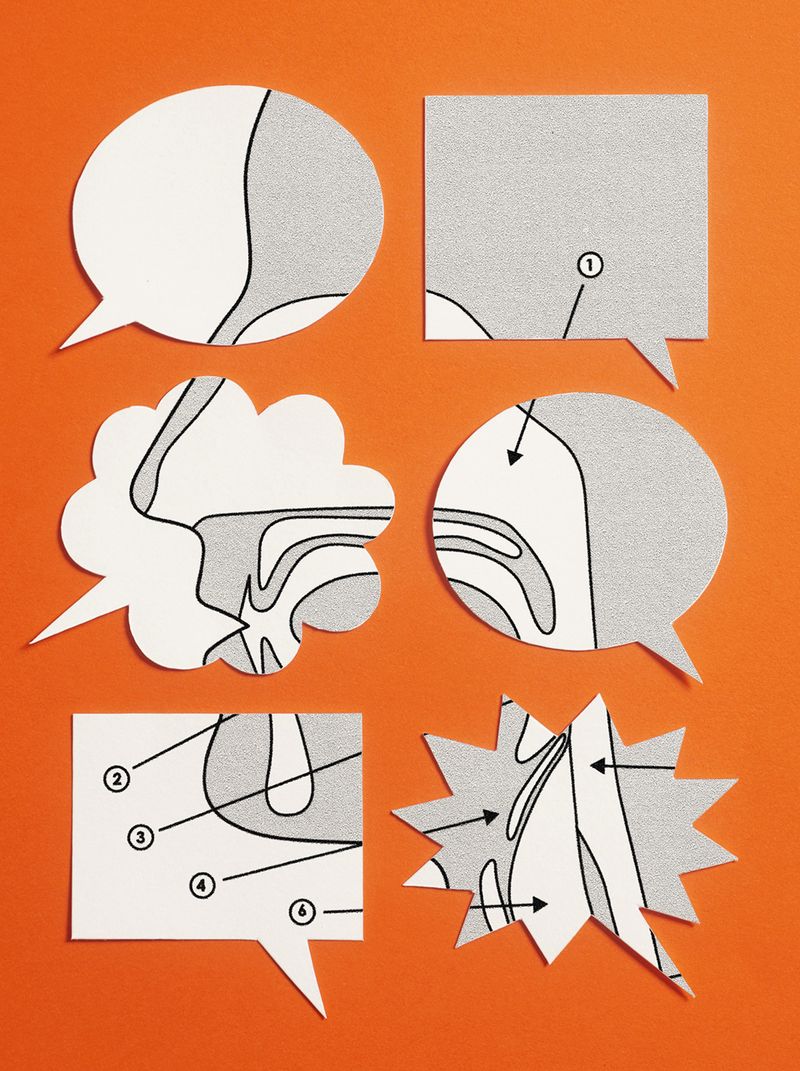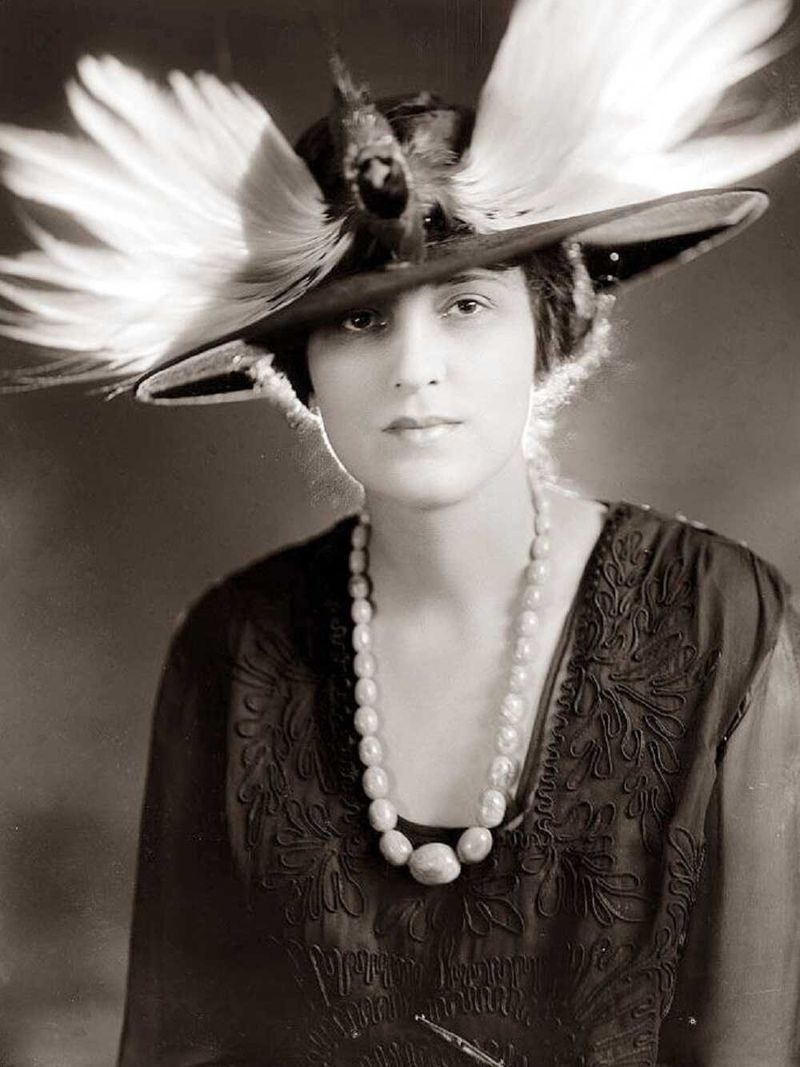America’s past is filled with peculiar laws and customs that might seem strange today. From restrictions on public behavior to odd taxation laws, these historical quirks tell us much about the societal values and concerns of bygone eras.
Let’s explore these fascinating facets of American history.
1. Blue Laws and Sunday Restrictions
In the past, blue laws enforced Sunday as a day of rest. Certain activities like shopping and sports were forbidden, creating a serene and reflective environment.
These restrictions aimed to preserve religious observance, ensuring families spent time together. Many communities adhered to these laws strictly, seeing them as vital to moral standards.
Despite their origins, such laws gradually faded, giving way to modern lifestyles. This transition reflects shifting societal priorities. Interestingly, some areas still maintain vestiges of these laws, showcasing their enduring influence on American culture.
2. Public Whistling Bans
In some American towns, public whistling was considered disruptive. Authorities imposed fines on individuals caught breaking this unusual law. The reasoning often stemmed from a desire to maintain public order.
Whistling could be viewed as unpatriotic or rebellious, especially during wartime. Such bans highlight how authorities controlled seemingly trivial actions. Over time, these laws have disappeared, viewed as unnecessary in modern society.
Yet, they offer a glimpse into past attitudes toward public behavior. Understanding these bans provides insight into historical community dynamics and priorities.
3. Enforced Dress Codes
Early American communities often had strict dress codes. These regulations aimed to maintain decorum, particularly in religious settings. Flashy or immodest clothing was frowned upon, with violators facing social disapproval or fines.
Such rules reflected broader societal expectations of modesty and propriety. As society evolved, these dress codes gradually relaxed, influenced by changing fashion trends.
However, they remain a testament to historical values, illustrating how communities enforced conformity. The evolution of dress codes reflects broader shifts in social norms and attitudes toward individual expression.
4. Anti-Dancing Ordinances
In certain locales, dancing was seen as morally questionable. Authorities imposed bans on social dances, wary of their perceived connection to impropriety. Such ordinances often targeted popular dance halls, aiming to control youthful exuberance.
These laws highlight a tension between tradition and modernity. As time passed, changing attitudes led to the repeal of most bans. Yet, they remind us of a period when personal freedoms were tightly regulated.
Today, these restrictions seem outdated, but they serve as a poignant reminder of past societal fears and moral standards.
5. Noise and Disruption Prohibitions
Beyond whistling, older laws restricted public noise. Clapping after performances or playing loud music could lead to fines, reflecting a desire for public order. These prohibitions reveal a focus on maintaining quiet public spaces.
While such laws may seem overbearing today, they highlight historical concerns about disruption. The gradual easing of these restrictions paralleled changing societal views on public expression.
Yet, they remind us of a time when silence was valued, offering insight into historical notions of respectability. Understanding these laws reveals much about past community values.
6. Gambling Licenses for Card Games
In many places, gambling required special permits. Authorities issued these licenses to regulate card games, balancing public demand and moral concerns. Despite legal restrictions, underground gambling thrived, highlighting contradictions.
These licenses aimed to curb vice while allowing controlled enjoyment. Over time, perceptions of gambling shifted, influencing regulatory approaches. Today, while regulations persist, they are more lenient.
Understanding past attitudes toward gambling offers insight into societal views on risk and morality. This historical perspective helps explain contemporary attitudes toward gaming and regulation.
7. Restrictions on Exotic Pets
Fears of unfamiliar animals led to bans on exotic pets. Communities worried these pets could disrupt local customs or pose safety risks. Such restrictions reflected anxieties about the unfamiliar, emphasizing conformity.
Over time, perceptions of exotic pets evolved, leading to more nuanced regulations. However, these laws highlight historical efforts to maintain social order. Today, while exotic pet ownership is more accepted, echoes of past restrictions remain.
Understanding these laws sheds light on societal attitudes toward diversity and risk, offering a window into historical community dynamics.
8. Unusual Taxation Laws
Some towns implemented odd taxes, like the infamous ‘Window Tax’. These taxes targeted behaviors seen as frivolous, encouraging productivity. Such laws reveal how authorities sought to shape societal behavior through financial means.
Over time, these taxes were abolished, viewed as burdensome. However, they offer insight into historical governance methods. Understanding these taxation laws provides a glimpse into past economic strategies.
They reflect broader themes of control and productivity, highlighting how financial incentives were used to shape societal norms. Today, they remain a curious part of history.
9. Cross-Dressing Prohibitions
Laws against cross-dressing enforced strict gender roles. These regulations punished individuals defying traditional expectations, reflecting broader societal norms. Such laws highlighted discomfort with non-conformity, aiming to preserve order.
Over time, changing attitudes toward gender led to the repeal of many such laws. Today, while much progress has been made, remnants of these restrictions linger. Understanding these laws provides insight into historical gender dynamics.
They reveal past struggles for personal expression, illustrating broader societal tensions. The evolution of these laws reflects ongoing changes in societal attitudes toward gender identity.
10. Ordinances Against “Idleness”
Certain communities criminalized idleness, targeting loiterers to promote industry. These laws reflected a desire to maintain social order and encourage productivity.
Authorities viewed loiterers as threats to community values, imposing fines or other penalties. Over time, perceptions of public space and personal freedom evolved, leading to the repeal of many such ordinances.
Today, these laws seem outdated, offering a glimpse into historical priorities. Understanding them reveals societal efforts to shape behavior, emphasizing productivity. They provide perspectives on past community dynamics and values.
11. Pigeon Feeding Restrictions
In urban centers, feeding pigeons was banned to control populations. Authorities imposed fines on violators, aiming to maintain cleanliness and reduce health risks. These restrictions highlight historical concerns about public health and order.
While such laws may seem trivial today, they reflect broader societal priorities. Over time, attitudes toward urban wildlife management evolved, leading to more nuanced approaches.
Understanding these restrictions offers insight into past urban governance strategies. They reveal historical efforts to balance human activity with environmental concerns, showcasing evolving views on urban wildlife.
12. Public Smoking Oddities
Before smoking bans were widespread, some towns had unusual restrictions. Smoking on public benches or near specific buildings was prohibited to preserve decorum. These oddities reflect historical attitudes toward public health and order.
While contemporary views on smoking have evolved, these restrictions highlight past concerns. Over time, more comprehensive smoking regulations replaced these piecemeal approaches.
Understanding these oddities offers insight into historical public health strategies. They reveal past efforts to manage behavior in public spaces, illustrating evolving societal views on health and respectability.
13. Prohibition on Swearing in Public
Many communities made public swearing a misdemeanor. This prohibition aimed to promote moral conduct and respectability. Authorities viewed profanity as disruptive, imposing fines on offenders.
These laws reflected broader societal expectations of decorum. Over time, perceptions of language and respectability evolved, leading to the repeal of many such restrictions. Understanding these laws provides insight into historical norms of public behavior.
They highlight past efforts to enforce moral standards, illustrating broader cultural dynamics. Today, while less common, similar laws remind us of these historical efforts.
14. Strict Pet and Livestock Limits
Even in urban areas, pet and livestock limits existed. Authorities imposed these restrictions to maintain order and sanitation. Such laws reflect broader concerns about city living.
Over time, views on pet ownership evolved, leading to more flexible regulations. However, these limits highlight historical efforts to balance urban growth with public health. Understanding them provides insight into past urban governance strategies.
They reveal societal priorities, emphasizing cleanliness and order. Today, while such restrictions are rare, they offer a glimpse into historical urban life and community values.
15. Licenses for Public Performances
Early entertainers needed permits for public performances. Authorities issued these licenses to control street activities and maintain order. These restrictions reflect societal norms around public expression.
Over time, perceptions of street entertainment evolved, leading to fewer restrictions. However, these licenses highlight historical efforts to regulate public spaces. Understanding them provides insight into past community dynamics.
They reveal societal priorities, emphasizing control and order. Today, while licensing persists, it has become more accepting. These laws remind us of past attitudes toward public performances and cultural expression.
16. Regulated Mourning Practices
Laws dictated mourning practices, standardizing grief expressions. Authorities regulated how long families could wear mourning attire, reflecting societal norms. These regulations aimed to maintain order, balancing personal grief with public propriety.
Over time, perceptions of mourning evolved, leading to more personal expressions. However, these laws highlight historical efforts to control personal behavior. Understanding them offers insight into past societal attitudes toward grief.
They reveal broader community dynamics, emphasizing conformity. Today, while less prescriptive, these laws offer a glimpse into historical cultural practices.
17. Mandatory Silence Zones
Strict silence was enforced in certain areas, like libraries and theaters. Authorities imposed these rules to maintain order and focus. Such zones reflect broader societal values around respect and concentration.
Over time, perceptions of public space evolved, leading to more flexible approaches. However, these zones highlight historical efforts to regulate behavior. Understanding them provides insight into past community dynamics.
They reveal societal priorities, emphasizing order and respect. Today, while still present, silence zones are less rigid, reflecting changing views on public space and behavior.
18. Restrictions on Public Gatherings
Certain cities outlawed spontaneous public gatherings to prevent dissent. Authorities viewed such assemblies as threats to order, imposing strict regulations. These laws reflect broader societal concerns about control.
Over time, perceptions of public assembly evolved, leading to more permissive approaches. However, these restrictions highlight historical efforts to maintain order. Understanding them provides insight into past governance strategies.
They reveal societal priorities, emphasizing control and stability. Today, while regulations exist, they are more lenient, reflecting changing views on public expression and democracy.
19. Language and Accent Suppression Laws
In times of nationalism, language suppression was common. Authorities limited foreign languages and accents, viewing them as unpatriotic. These laws reflect broader societal concerns about identity and conformity.
Over time, attitudes toward language diversity evolved, leading to more inclusive policies. However, these restrictions highlight historical efforts to control cultural expression. Understanding them provides insight into past community dynamics.
They reveal societal priorities, emphasizing unity and identity. Today, while less common, such laws remain a reminder of historical struggles with diversity and acceptance.
20. Hat Regulations and the “No-Feathered Hats” Rule
Some towns banned extravagant hats, like those adorned with feathers. Authorities viewed such attire as disruptive to social etiquette. These regulations reflect broader societal values around modesty and respectability.
Over time, fashion trends evolved, rendering these bans obsolete. However, they highlight historical efforts to regulate personal expression. Understanding these regulations provides insight into past societal norms.
They reveal priorities, emphasizing conformity and order. Today, while less prescriptive, these laws offer a glimpse into historical fashion and cultural dynamics.

